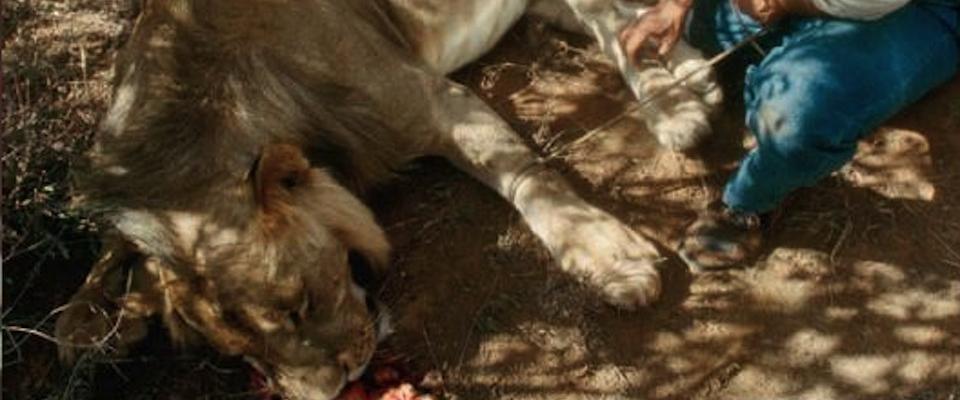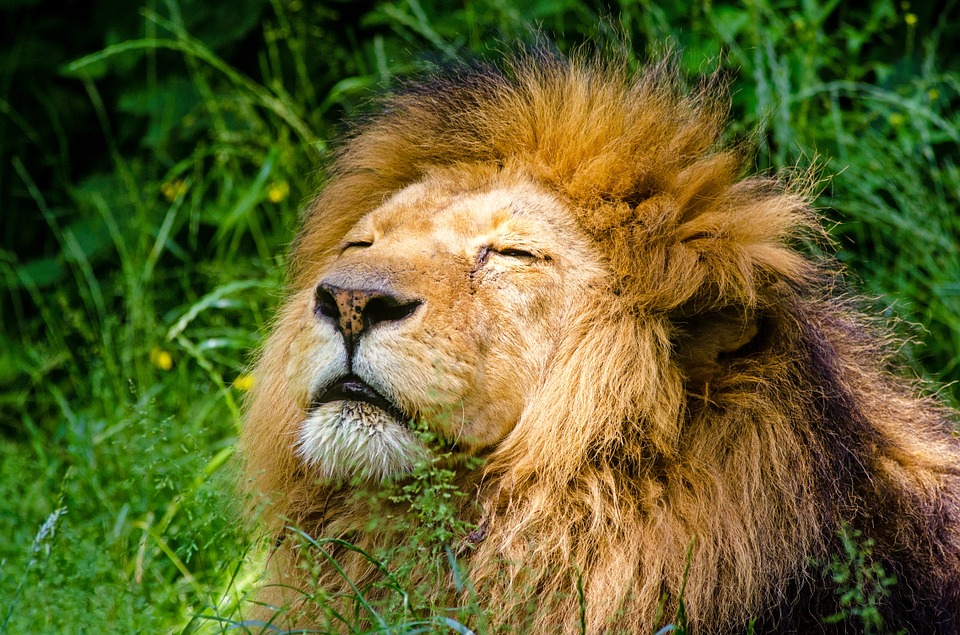We reported on Laurence Frank’s lion and hyena preservation programs back in 2009 – and on his generally gloomy perspective on the odds for African wildlife. Some things have happened in the intervening four years, however, to make the Museum of Vertebrate Zoology emeritus associate’s disposition a little sunnier.
Certainly, Frank has logged some successes during his four decades of work in East Africa— most notably in Laikipia in northern Kenya, where joint efforts with community landowners and private farmers have resulted in more-or-less stable wildlife populations and a flourishing eco-tourism industry.
But like most of his peers, Frank had long despaired over the fate of the Masai Mara – a 600-square-mile chunk of Kenyan savanna that is contiguous with Serengeti National Park in Tanzania to the south and the Loita Plains to the north, and serves as a vital way station for the region’s great herds of migrating wildebeest and zebra. Until the late 1970s, Frank notes, “The Mara” was also known for a vast array of other beasts, including huge, black-maned lions and Cape buffalo bulls with record horns.
But even 30 years ago, says Frank, it was clear The Mara was in dire straits.
“Everyone felt the region was doomed,” Frank reminisced in a recent email. “(Along with the wildlife), the Mara has always supported Maasai herders and their cattle, who moved swiftly across their communal lands following the rains (and emergent grass). But in the 1980s, the Kenyan government laid plans to divide this vast common into small plots, giving each man his own few acres which he could fence or farm, or sell to others (who would do the same). This seemed to spell the end for both the wildlife and the Maasai way of life, neither of which could survive fences and farms.”
That’s not how it played out, however. Wildlife populations have rebounded on the Mara thanks to the widespread adoption of community-based wildlife conservancies – and the trend bodes well for other area of the continent grappling with widespread poaching and habitat destruction.
Stresses on the Mara persist, of course. Today, writes Frank, The Masai Mara National Reserve is “a theme park, with teeming packs of tourist-filled minivans crowding around every lion and elephant.”
But contrary to expectations, the lands owned by the Maasai north of the reserve are now exceedingly well-managed conservancies instead of the expected hardscrabble subsistence farms. When it comes to wildlife conservation – in Kenya, at least — private enterprise, it seems, has trumped government fiat.
“Small numbers of tourists pay handsome income to the new landowners and wildlife is thriving,” Frank writes. Local Maasai are employed in these franchises, “…and conservancy managers work with Maasai landowners to control livestock grazing, improving the land for both cattle and wildlife. Patrols of Maasai rangers defend against the resurgent elephant poaching that has again exploded across Africa, and the bushmeat poaching that has eliminated 80 percent of Kenya’s wildlife since the 1977 ban on sport hunting created open season on everything that can be sold as beef.”
Frank’s beloved carnivores are also thriving in the new, improved Mara. Elsewhere in Africa, he writes, lion and hyena numbers have tanked due to pastoralists spearing and poisoning any predator perceived as a threat to goats or cattle.
“…I started a lion project on the new Mara conservancies, (and) I fully expected to find the same pattern here as I had elsewhere,” he writes. “Instead, I found the opposite – lions are doing as well on the conservancies today as they are on the Reserve, (which has) always been famous for its extraordinary lion numbers. As a PhD student (researching spotted hyenas in The Mara more than 30 years ago), I used to go running on these lands during the afternoon hours when hyenas were too sleepy to yield data, secure in the knowledge that bumping into a lion or buffalo was unlikely; Maasai spearing kept lion numbers low, and their huge herds of cattle out-grazed the buffalo. Today I am more cautious, as both lions and buffalo are abundant, along with all the other predators and grazers. Rather than hordes of chattering Nairobi-based minibuses, I encounter the occasional sedate Land Rover from one of the lodges, driven by a traditional Maasai well-trained in respectful game-viewing and animal behavior at the local conservancy-supported Koiyaki Guiding School.”
Further, writes Frank, the people are directly benefiting from such enlightened resource stewardship.
“Unlike most of Africa, which overgrazing has turned into dead, stony desert supporting only skinny goats…the conservancies (have grass that) is long and green, the abundant wildlife is fat, and the Maasai cattle are protected from lions and hyenas at night inside predator-proof bomas (corrals). The Maasai kids are healthy, well-fed and in school.”
Even more heartening, Frank continues, is the fact that the Maasai conservancies have become a template for community development elsewhere.
“Similar conservancies are being created on other community-owned lands around Kenya, and for the first time in forty years, I am optimistic about the future of wildlife here,” Frank writes. “It’s enough to make a Republican out of this old Berkeley hippie.”
–Glen Martin




















